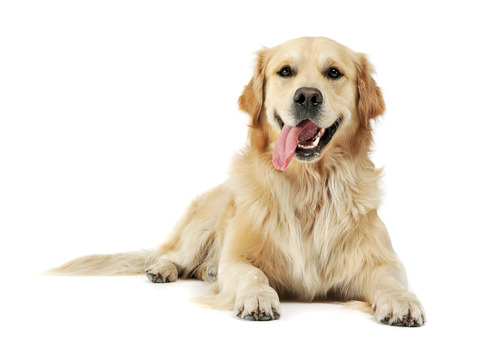When your dog starts panting excessively, it can be a concerning sight. Understanding the reasons behind this behavior and knowing how to calm a panting dog can help ease your worry and ensure your pet’s comfort. In this blog, we will explore various reasons why dogs pant and provide practical tips on how to soothe them. If you have any concerns about your dog’s health, please call Harlingen Veterinary Clinic at (908) 359-2000 or make an appointment.
Understanding Why Dogs Pant
Panting is a natural and common behavior in dogs, but excessive panting can be a sign of something more serious. Dogs pant to regulate their body temperature, especially after physical activity or in hot weather. However, panting can also indicate stress, anxiety, pain, or underlying health issues.
Common Reasons for Panting
Temperature Regulation
Dogs do not sweat like humans. Instead, they rely on panting to cool down. When a dog pants, moisture evaporates from their tongue, nasal passages, and lungs, helping to lower their body temperature.
Physical Activity
After a vigorous play session or exercise, dogs will pant to catch their breath and cool down. This type of panting is usually normal and temporary.
Stress and Anxiety
Dogs may pant when they are stressed or anxious. Situations such as car rides, thunderstorms, or visits to the vet can trigger anxiety-induced panting.
Pain or Discomfort
Panting can be a sign that your dog is in pain. Conditions such as arthritis, injuries, or illnesses can cause discomfort, leading to panting.
Health Issues
Certain health problems, like respiratory disorders, heart disease, or Cushing’s disease, can cause excessive panting. If you suspect an underlying health issue, it’s important to seek veterinary care.
How to Calm a Panting Dog
Now that we understand why dogs pant, let’s discuss effective strategies on how to calm a panting dog. These methods can help alleviate your dog’s discomfort and promote a sense of calm.
Provide a Cool Environment
Keeping your dog cool is essential, especially during hot weather or after exercise. Ensure they have access to fresh water and a cool, shaded area. You can also use fans or air conditioning to help lower the temperature.
Cooling Mats and Vests
Consider using cooling mats or vests designed for dogs. These products can help regulate your dog’s body temperature and provide relief from heat.
Reduce Stress and Anxiety
If your dog is panting due to stress or anxiety, try to identify and minimize the triggers. Creating a calm and safe environment can make a significant difference.
Calming Products
There are various calming products available, such as pheromone sprays, calming collars, and anxiety wraps. These products can help soothe your dog and reduce anxiety-induced panting.
Comforting Presence
Sometimes, all your dog needs is your comforting presence. Spend time with them, offer gentle petting, and speak in a calm, reassuring voice to help them feel safe.
Monitor Exercise and Play
While exercise is important, it’s crucial to monitor your dog’s activity levels to prevent overheating and exhaustion.
Appropriate Exercise Routines
Tailor your dog’s exercise routine to their age, breed, and health condition. Avoid intense activities during the hottest parts of the day and opt for shorter, more frequent sessions.
Check for Signs of Pain or Discomfort
Observe your dog for any signs of pain or discomfort that may be causing them to pant. If you notice limping, whining, or changes in behavior, consult with a veterinarian for a thorough examination.
Regular Vet Check-Ups
Regular veterinary check-ups are essential for maintaining your dog’s health. Your vet can identify and address any potential health issues that may cause panting.
Create a Calm Environment
A calm and peaceful environment can help reduce panting caused by anxiety and stress. Playing soft music or white noise can help mask loud or startling sounds that may trigger anxiety in your dog.
Seeking Professional Help
If your dog’s panting persists or worsens despite your efforts, it’s important to seek professional help. Persistent panting can be a sign of an underlying health issue that requires medical attention.
Consulting a Veterinarian
A veterinarian can perform a thorough examination and recommend appropriate treatments or interventions. They can also provide guidance on managing your dog’s anxiety and overall well-being.
Practical Tips for Calming Your Panting Dog
Calming a panting dog involves a combination of understanding, environment control, and proactive care. By recognizing the reasons behind panting and implementing these strategies, you can help your dog feel more comfortable and secure. For any health concerns or persistent panting, call Harlingen Veterinary Clinic at (908) 359-2000 or make an appointment today. Your dog’s well-being is our priority, and we’re here to provide the best care possible.





